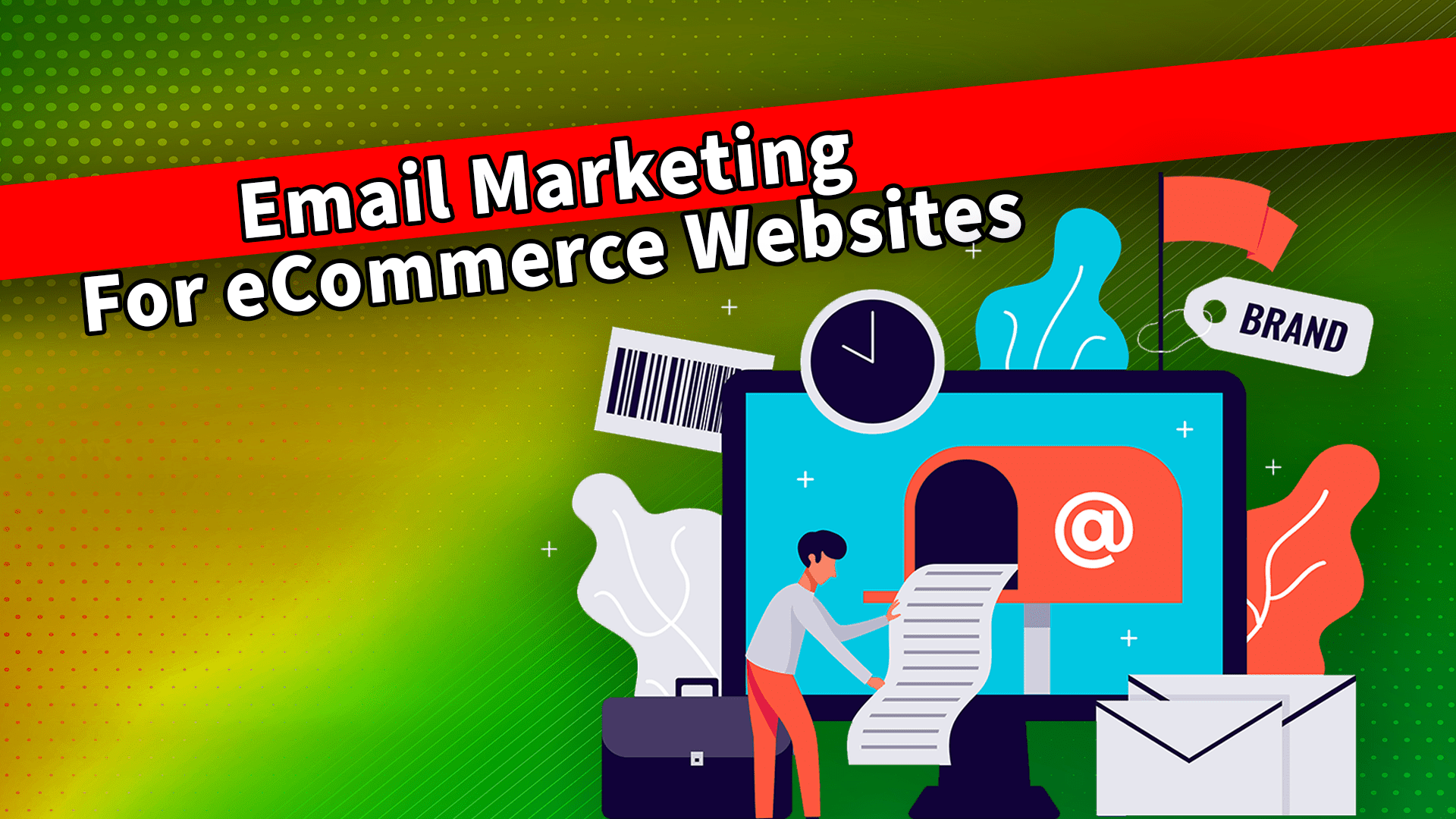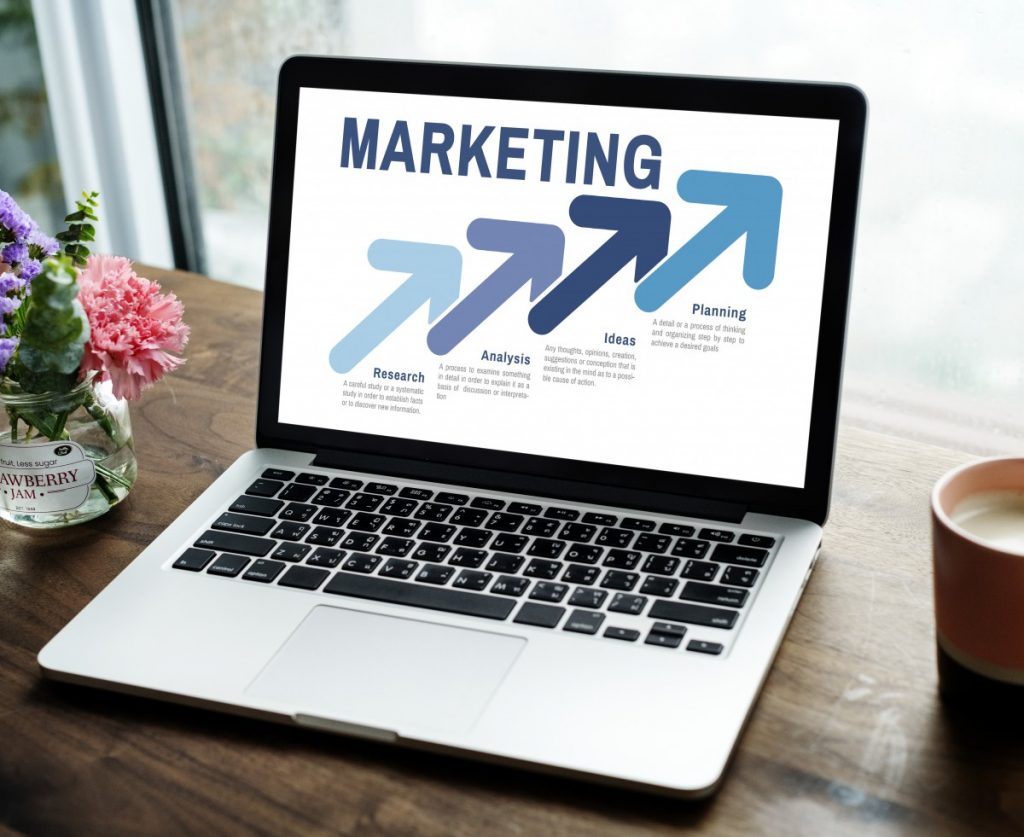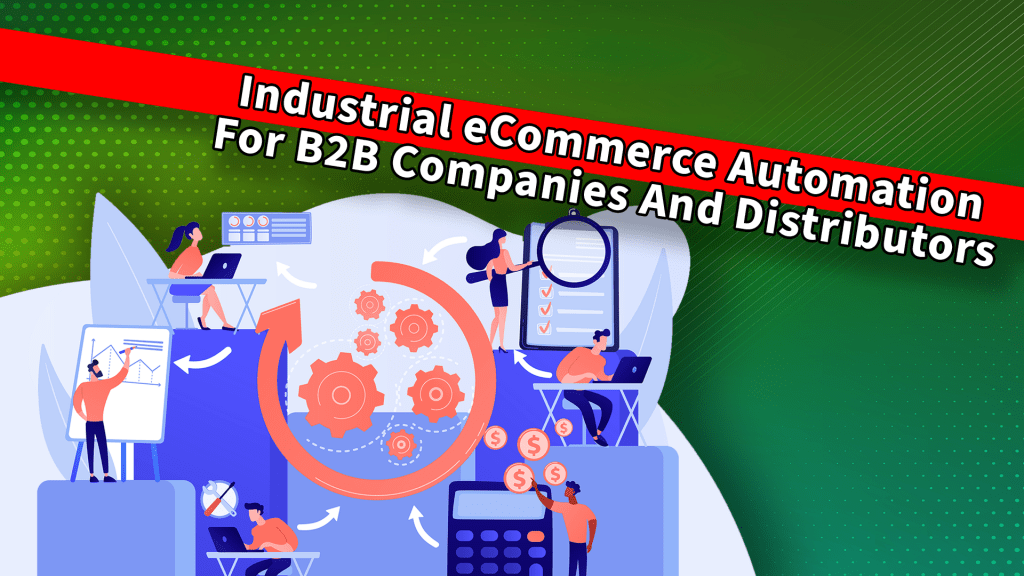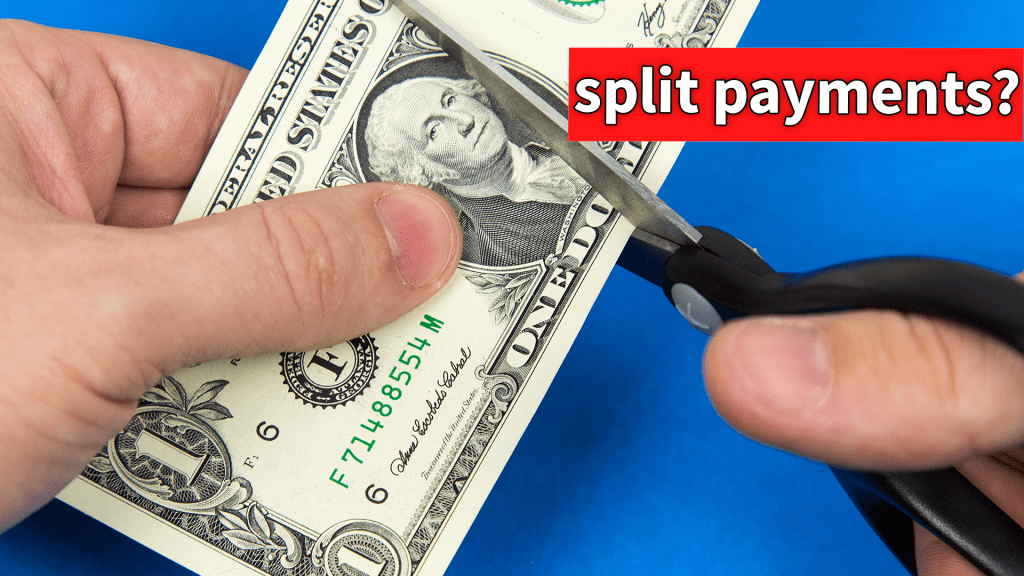The iOS update is squeezing everybody. It is strangling formerly good CPAs and conversions. A majority of that has died out for eCommerce businesses because our targeting capabilities are affected.
Thanks to the update, a handful of different sources remain regarding traffic and conversions for eCommerce. Email marketing remains a viable option for getting conversions.
Changes In Real-Time To eCommerce Platforms
What is next for email marketing for platforms like Klaviyo and Bronto– which are end-of-life now– and marketing automation systems like HubSpot or Marketo? MailChimp is actually adding a lot of functionality, but how about others? What do you think is the next stage for the eCommerce industry regarding email marketing? Why is it so important? Why can’t business owners ignore this anymore?
The iOS 14 update threw a wrench into everybody’s advertising strategy. For eCommerce brands, now more than ever, collect as much first-party data as possible. You can’t retarget certain individuals that land on my site if they opted out of tracking.
Now is the opportunity for eCommerce brands to grow their own database. That’s when these email nurture funnels and flows come into place. Rather than strictly running a Facebook campaign to generate conversions off the bat, these eCommerce store owners need to pivot their strategy. They must give an incentive to get that information, their email address, name, anything they can, in return to then retarget them and nurture them through the email nurture flows.
Generating Lead Magnets For Small Businesses
For Optimum7, lead magnets are pretty straightforward. Developers can generate lead magnets about a migration or SEO checklist as well as top eCommerce functionalities.
What are some of the lead magnets that eCommerce businesses could do?
For example, suppose you’re selling Christmas shirts or RC cars. Other than obviously providing discounts and saying anybody who’s a first-time buyer gets 10% off kind of an ad, what can you do to actually acquire that first information or first email from the users to then put them in my flow?
Strategies For Building Conversions Using Custom Data
What do you think the best strategy is?
The right question would be why would anybody want to sign up for your newsletter, or give you their email? At this moment in time, you’re only providing a product. The product may be a necessity or a commodity. At the end of the day, focus more on the brand side. What additional value can you provide your potential customer?
Look at some of these brands such as Dollar Shave Club, Dr. Squatch, all of these that have a very heavy, content-rich presence online. They provide entertainment in addition to a quality product. So it could be in the form of video, it could be in the form of graphics, things that are shareable.
Get as creative as possible. Not only do you want that first touchpoint to give you their email address, but you want that individual to then spread that content and drive additional friends of theirs to your site to then capture theirs.
That’s also concerning. From an agency standpoint, clients want one thing: ROI. Social media was generic up until these ad platforms started showing up. Social media spoiled clients and marketers alike by providing conversions.
Small brands are screwed with advertising on social media or doing paid searches on paid social media. Due to not being high brands, they won’t grab those conversions.
Creating a niche audience that relates not only to your product but also to your brand. You want to appeal to your audience. Many small eCommerce brands do not emphasize this much stronger brand-centric approach.
They did not need the approach. Before you could just publish a post showcasing a product to generate conversions. Now that’s not the case.
KPIs For Building An Online Store
Establish a brand presence online. For smaller brands, they don’t like to hear it, there isn’t a direct way to track ROI on that initially. Different KPIs determine your performance, the engagement online, and the email opt-ins. Those now need to be your core KPIs and not necessarily just conversions.
From a branding standpoint, consumers don’t buy with one platform or one channel anymore. They do their research, go to different platforms, and familiarize themselves with specific brands. Then they actually purchased the products. So there’s a lot of resources that go into this phase.
Some clients wanted to quit advertising on Facebook and Instagram altogether because they didn’t see the value. They ask, “If we can’t get conversions and ROI today, then why would we put tens of thousands of dollars into marketing?”
What do you say to these clients?
Audiences start from scratch. With email marketing, first acquire the data on your website using secondary calls to action, email opt-ins, and other strategies. Have TikTok, AdRoll, Google, and Facebook ads ready so you can curate customer information for conversions, with permission from the customers.
Email Marketing For Your SaaS Platform
The clients are saying, “I’m not going to do this because it’s a waste of money if I can’t get conversions today or tomorrow, in the next 30 to 60 days.”
What is your response?
Email marketing is like SEO. Both strategies are long-term marathons. Building a brand and establishing authority within a specific niche will take time. Similarly, it takes time to grow organic traffic.
While implementing an email nurture strategy, you supplement that brand strategy. You’re going to be able to generate conversions immediately utilizing the email nurture flow while you’re now investing in your long-term brand strategy.
So all great things take time. It’s definitely a different approach that these business owners need to understand. It just has to be taken now. Ask them, “Where do you want to be in the next 10 years” Rather than “Where do you want to be in the next 10 months?”
I don’t know if this is good or bad, but a lot of the hit-and-run eCommerce businesses now are going to disappear.
The eCommerce businesses that keep their branding and who have a long-term approach will win. All the small dropshippers, hit-and-run eCommerce sites, and the Shopify millionaires post ads on Instagram about these guys flexing their bank accounts because they made $50,000 in one month. They will disappear inevitably.





